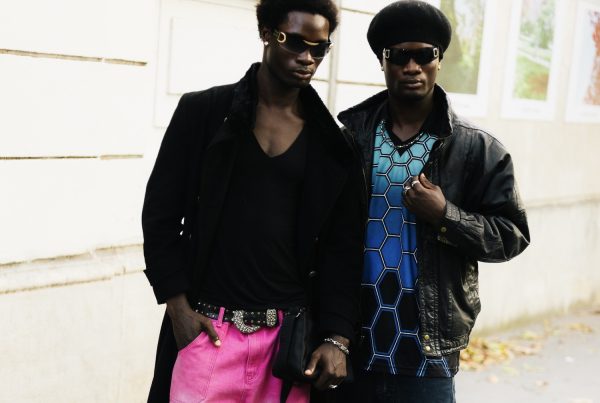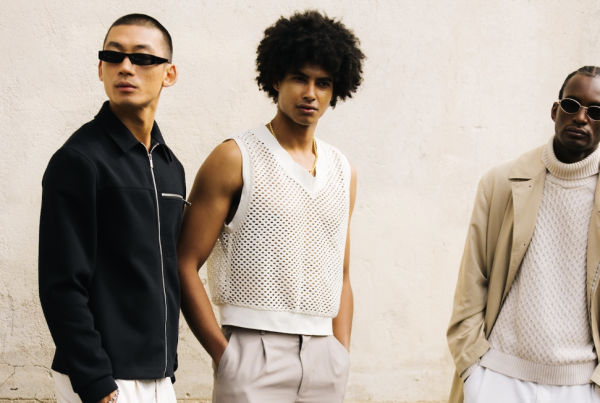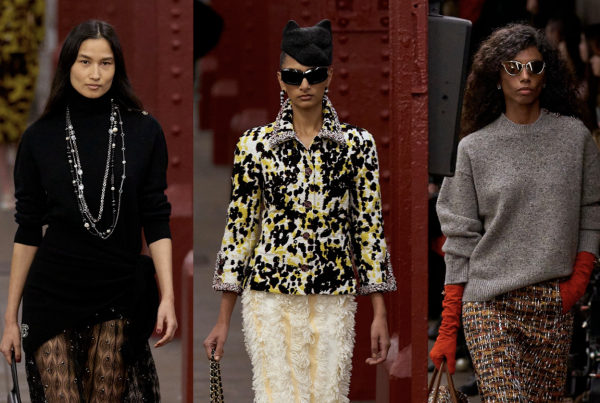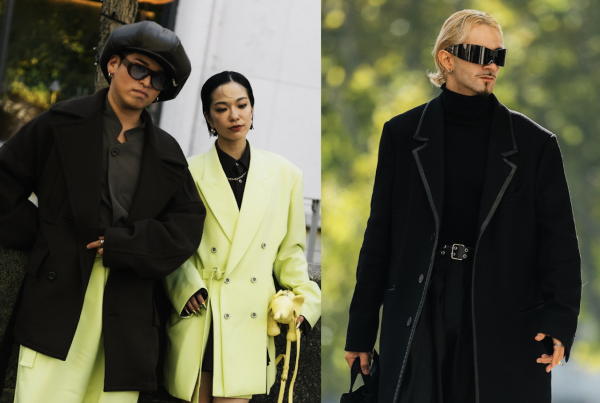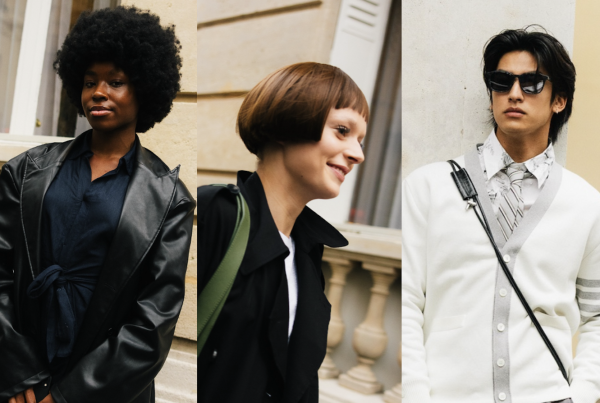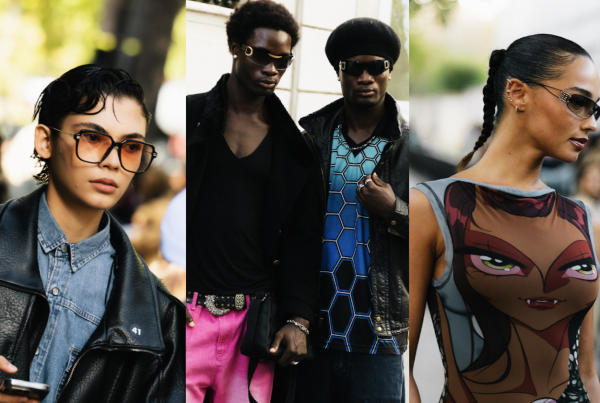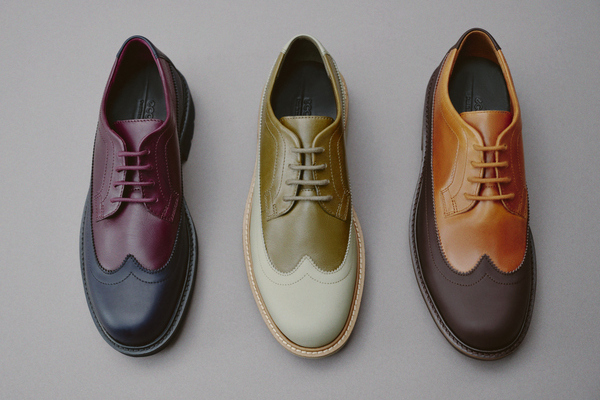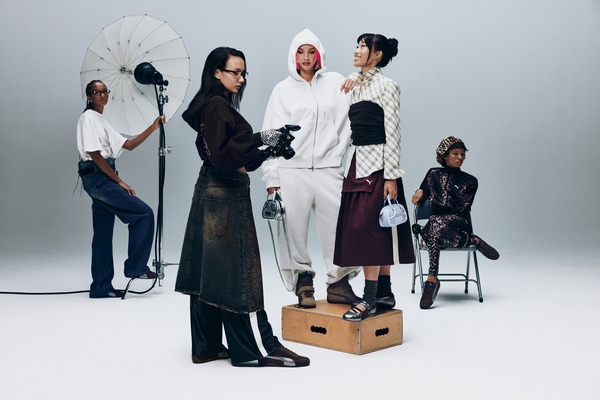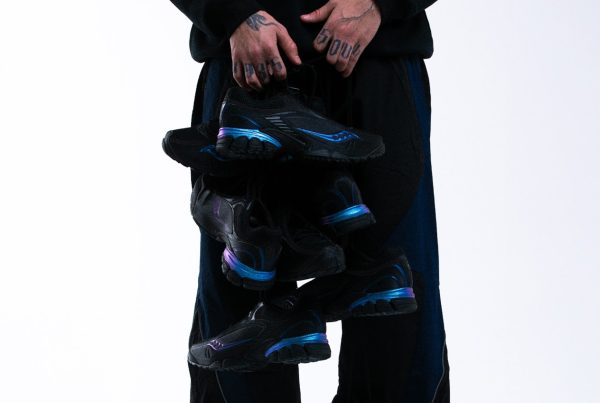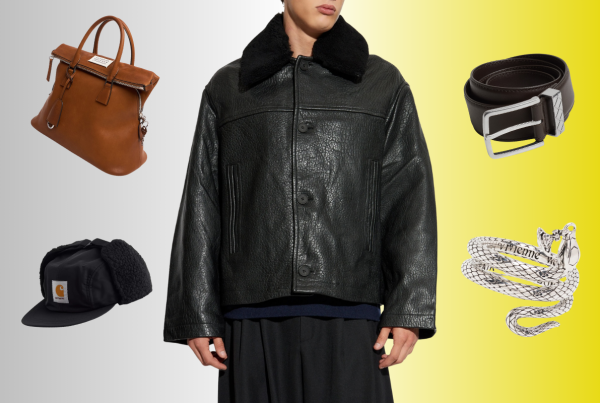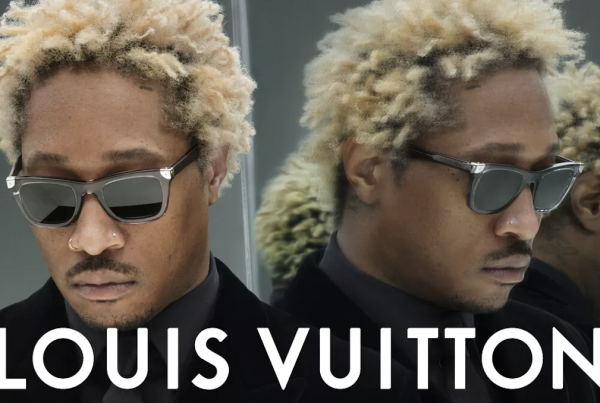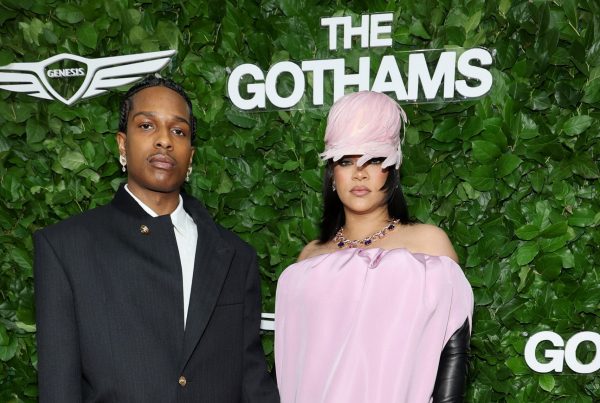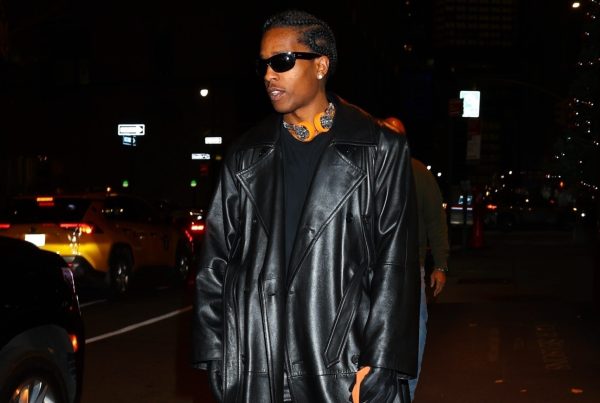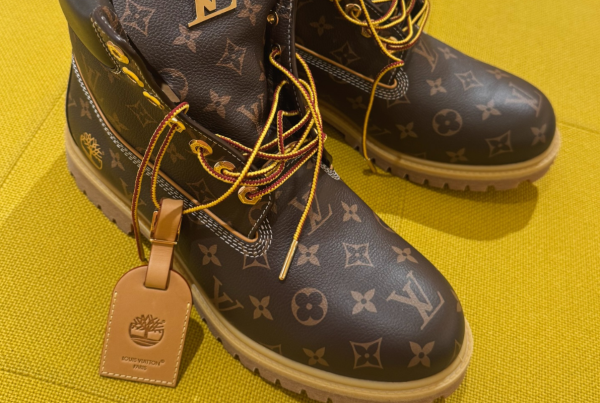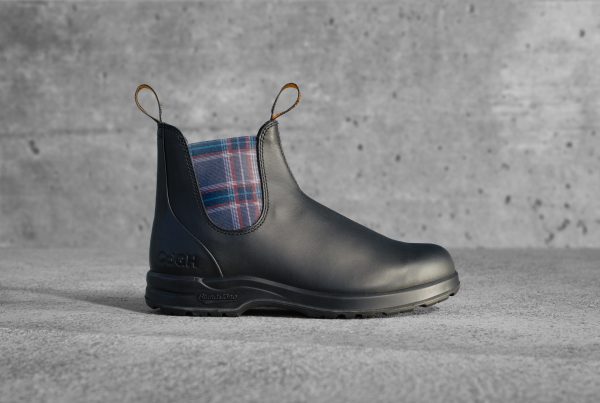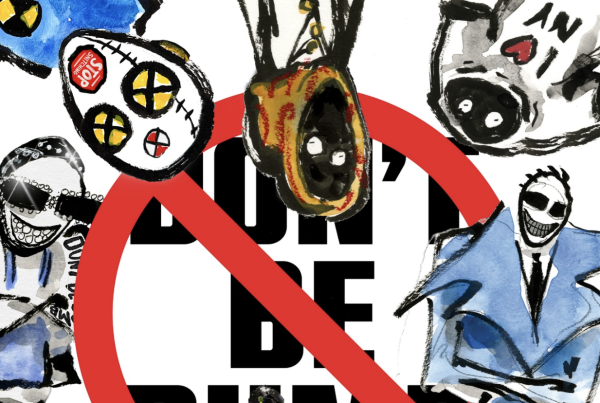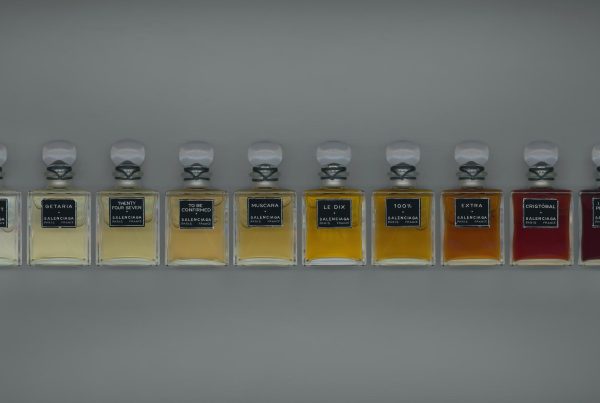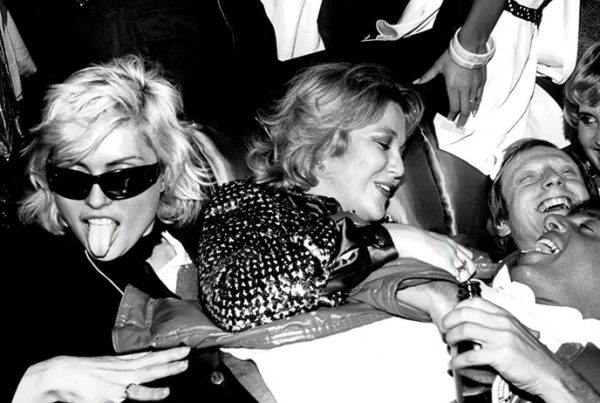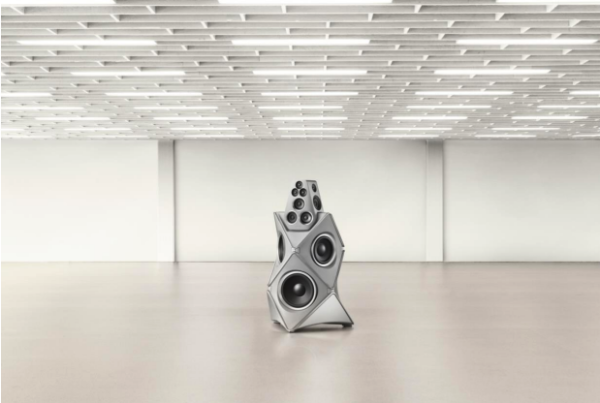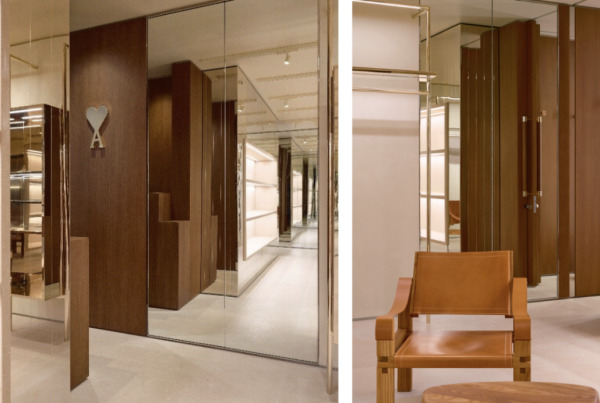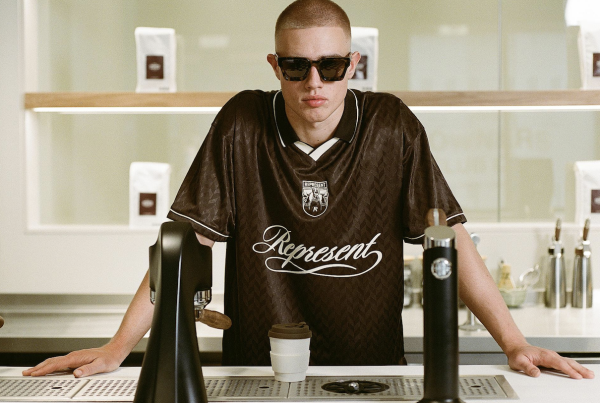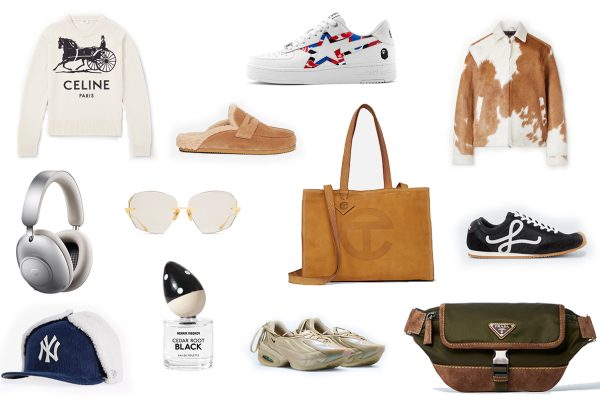
The world of men’s fashion is slowly undergoing a sea change. With climate change and environmentalism becoming increasingly pressing concerns, the fashion world is rising to meet the call to make smarter choices that are more sustainable. By 2025, sustainable fashion had stopped being a niche trend and would be the prime focus for designers, manufacturers, and consumers. From the development of eco-friendly materials to the most advanced AI tools used in design, innovation holds the key to a sustainable future for men’s fashion.
In this article, we’ll explore the most innovative materials and sustainable trends shaping men’s fashion today. These changes are not only about reducing the industry’s environmental footprint but also about creating high-performance, stylish pieces that align with modern values. Let’s dive into the groundbreaking ideas revolutionizing fashion, including how technologies like the AI image generator are helping designers create more sustainable collections.
1. Sustainable Materials Changing the Game
At the heart of fashion sustainability are the materials used. Designers are increasingly using sustainable fabrics and materials that have a lesser environmental impact while delivering on style and performance. This shift is driven by the urgent need to reduce waste, conserve natural resources, and create garments that are built to last.
Biodegradable Fabrics: Biodegradable fabrics are one of the exciting innovations in men’s fashion. Synthetic fibers used in polyester and nylon take several hundred years to decompose in landfills. Biodegradable fabrics-mostly made from natural fibers such as organic cotton, hemp, and bamboo-manifest quicker decomposition with least environmental impact. These materials not only help in managing waste but also provide softness, durability, and comfort.
Bamboo fabric, for example, is finding its niche in men’s activewear and loungewear due to its breathability and moisture-wicking properties. Organic cotton-which is grown without toxic pesticides or chemicals-is also finding more applications in casual wear and denim.
Lab-Grown Leather: Another important novelty is artificial leather grown in the laboratory, which is a substitute for natural animal leather in an environmentally friendly manner. Artificial leather requires that plant-based or synthetic compounds be used in the right manner to create materials with a texture and durability similar to animal hides. This innovation significantly reduces the environmental impact associated with livestock farming, which is known for its high greenhouse gas emissions.
Many high-end and high-street brands are taking to lab-grown leather for shoes, jackets, and accessories to give consumers that touch of high-quality leather without any guilt. It is not only sustainable but allows production to be more controlled, using fewer chemicals and dyes.
Recycled Materials: The recent developments are that more materials are recycled within the fashion industry, including polyester and nylon. This material is re-pulled from post-consumer plastic waste-such as a water bottle into fibers that later on could be used in producing such clothing. Such materials will have less reliance on virgin materials, hence assisting to divert plastic litter from landfills and oceans.
Patagonia and Adidas have been at the forefront of using recycled materials in their ranges of clothing, which are durable and stylish for the eco-conscious consumer. Recycled materials are now commonly used in outerwear, sneakers, and activewear, proving that sustainability doesn’t have to come at the expense of style or performance.
2. Reducing Overproduction with AI Tools
Overproduction is one of the most alarming issues facing the fashion industry. Indeed, millions of tones of unsold apparel end up in landfills every year, contributing to monstrous waste and pollution. Overproduction pushes forward due to the need to meet fast fashion demands and trends that often can change overnight. However, with the advent of AI tools, designers and brands are finding ways of combating overproduction by streamlining the design and production process.
AI Image Generators for Virtual Design: AI fashion image generators are becoming increasingly popular in fashion design because they allow brands to design and then test designs digitally before necessarily having to resort to physical production. These AI-based platforms help designers envision what various fabrics, colors, and styles would look like on clothes without having to create expensive and very wasteful samples. This virtual approach reduces overproduction in the number of lots ordered, as only the most popular and promising designs go to production.
Brands can now use AI image generators to simulate an entire collection and then pull consumer interest via social media and online feedback before making a final production decision. This reduces waste but also enables more strategic and data-informed design decisions. Moreover, the capability for visualization and refinement of collections digitally will make sure materials are used more efficiently, further reducing the environmental footprint of the production process.
3. Creative Exploration for Circular Fashion
The design philosophy of circular fashion is based on material reuse, repair, and recycling, not on a production process line ending in waste. This system treats clothing as a resource that could be continuously reused, repaired, and remade, extending its life and reducing waste.
Upcycling with AI Tools: AI image generators are also contributing to circular fashion in their way by allowing creativity in reimagining how discarded fabrics and garments are upcycled into something new and exciting. These tools enable thinking about how old clothes or rags can be remade into fresh high-fashion design and expand the possibilities of sustainable production.
Designers might employ an AI image generator instead of landfilling surplus fabrics of past collections to test upcycled designs and patchwork.
The result was avant-garde one-off pieces which, in addition to the saving of fabric, opened new creative boundaries in fashion design.The work processes of AI are thus increasingly emancipating creativity from preconditions and converting presumed waste into value.
Collaborative Reuse Projects: Several brands and organizations, aside from individual designers, contribute to the collaborative reuse of materials. The Fashion Revolution movement, for example, calls for a shift in focus by the fashion industry towards designing in more responsible ways of upcycling and reusing existing materials. In this sense, circular fashion can be made more possible and desirable for mainstream consumers by fusing old craftsmanship with new technologies such as AI.Some fashion brands even organize clothing swaps and exchanges where old pieces can be returned, refurbished, and resold as new. This collaborative approach to reutilization completes the loop of the fashion production cycle and engages the consumer further in thinking about the sustainability of their choice of clothes.
4. The Future of Sustainable Men’s Fashion
For the future, sustainability and innovation are without a doubt the driving forces in men’s fashion. As designers and brands keep opening their arms to welcome sustainable materials and methods, the future of the fashion industry is going to take a big U-turn toward eco-consciousness. AI tools will also be instrumental in the future in reducing waste, optimizing production, and helping designers to create virtual collections that are in line with consumer demand before committing to physical production.
A more sustainable industry will be developed by incorporating sustainable fabrics-such as biodegradable textiles and lab-grown leather-into circular fashion principles. And with the inclusion of AI tools in each design step, from choosing the material to producing and even selling, fashion will be more eco-friendly, efficient, and attuned to the needs of the planet.
It has never been easier to consume fashion in an eco-friendly manner. You can contribute by supporting those brands that have placed an emphasis on the use of eco-friendly materials and embracing innovative design processes in order to make men’s fashion even brighter. In 2025, style and sustainability equate to innovation.
Sustainable fashion in men’s clothing is no longer a trend: it is a movement here to stay. With new, innovative materials, such as biodegradable fabrics, lab-grown leather, and recycled materials, together with the creativity let loose through AI image generators, the fashion industry is well on its way to minimizing its footprint on the planet. As these technologies continue to evolve, we can expect even more sustainable trends to emerge, and a future wherein fashion is every bit as eco-friendly as it is stylish.
With such trends, designers and consumers alike have the chance to make the future of fashion smart, more sustainable, and friendlier to the planet.




